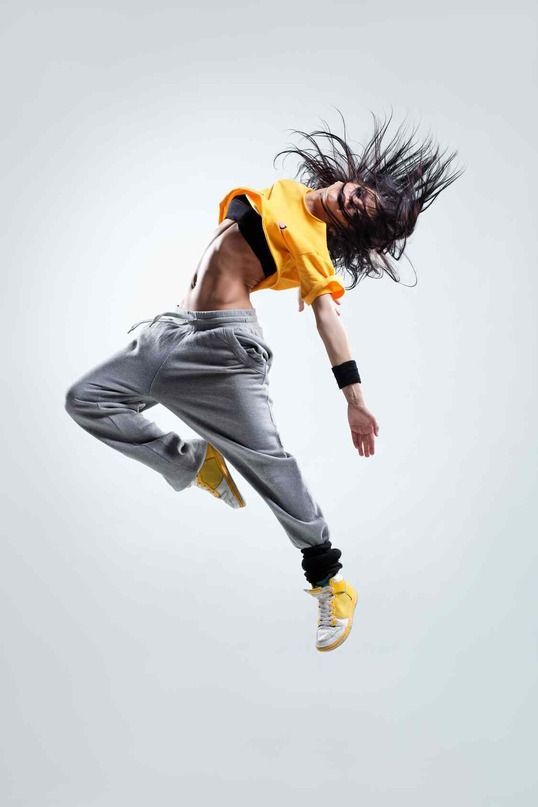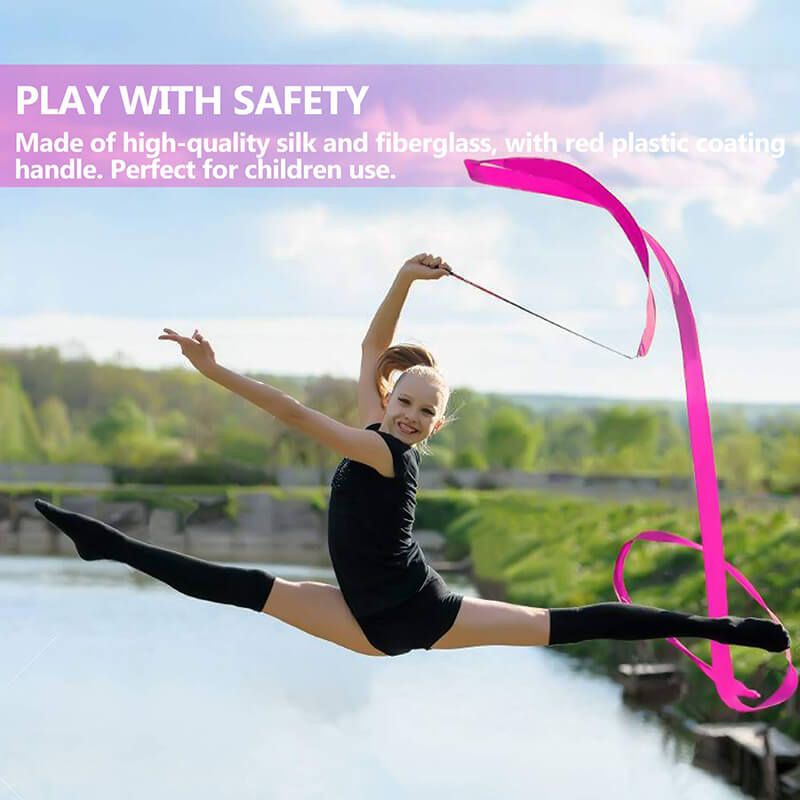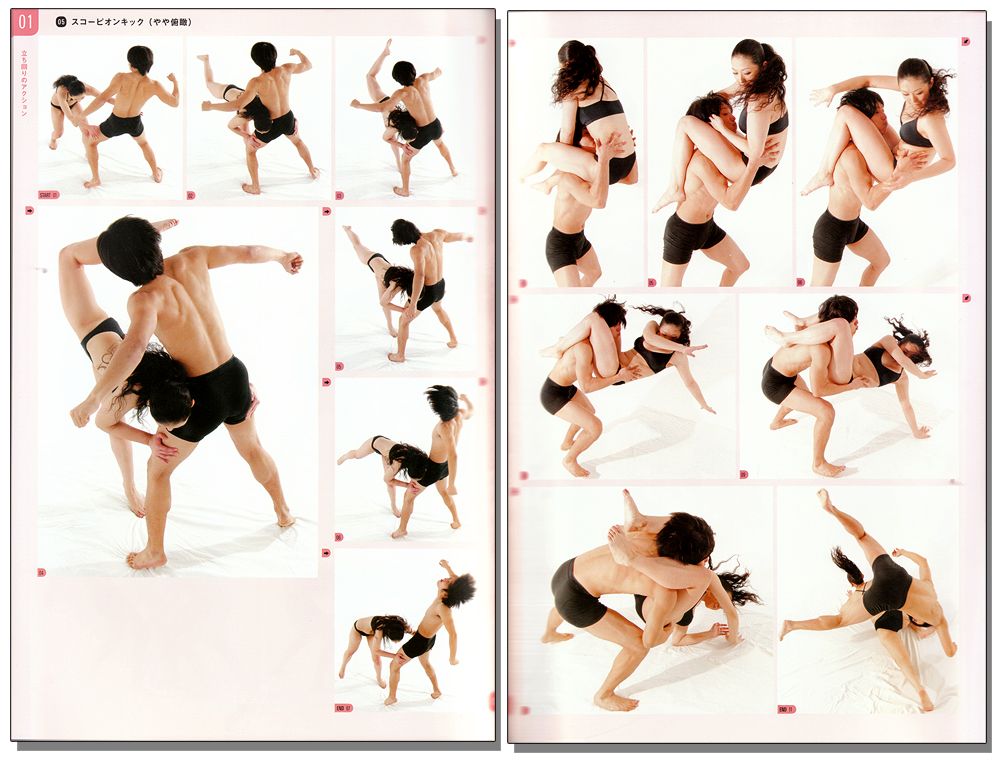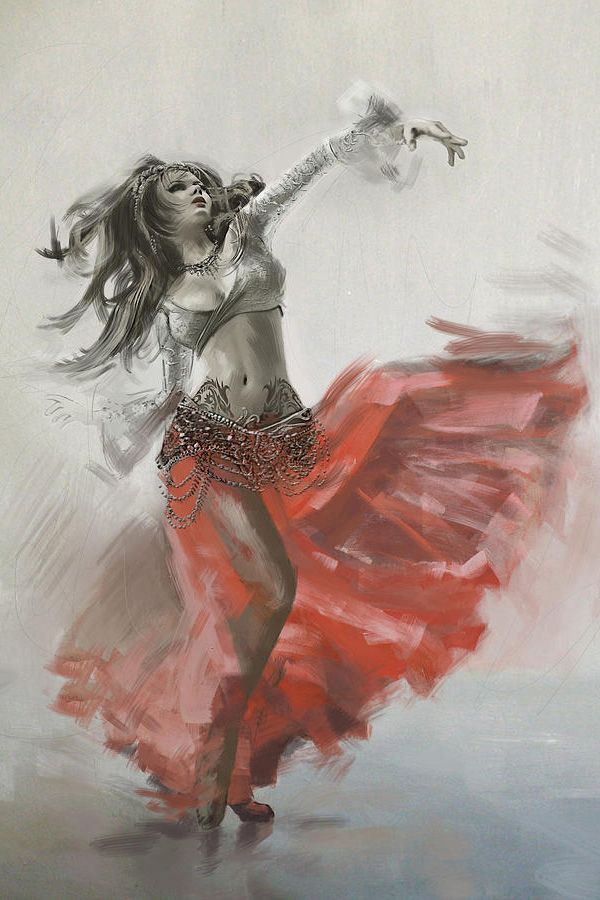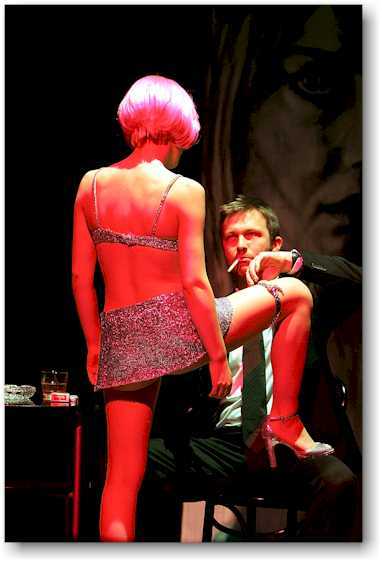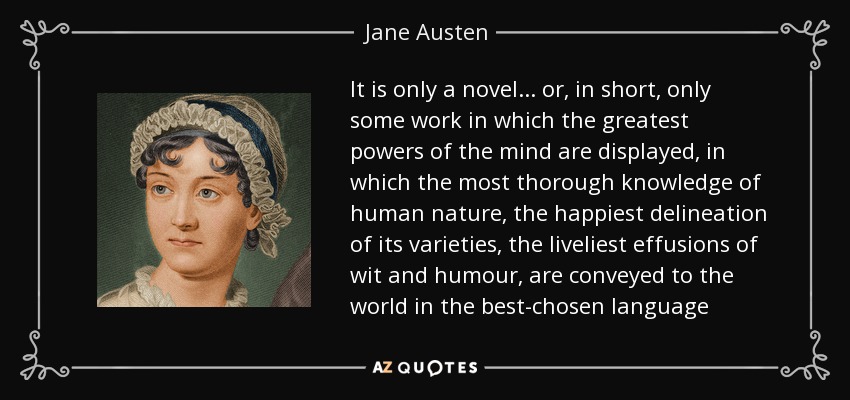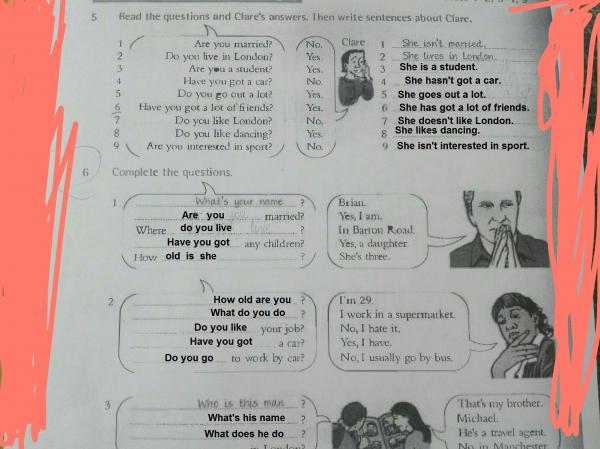How can i dance hip hop
Hip Hop Dance Moves For Beginners
Learn how to dance hip hop with our hip hop moves. They are perfect for those of you who want to get into hip hop dancing and learn some basic steps. These hip hop dance moves are some of the most popular moves out there and could be used to dance at parties, clubs and any other events.
Hip Hop Dance Tutorial #1: Start With Learning The Basic Rhythm
Hip Hop Dance Tutorial #2: The 2 Step Basic Move (From 5X Hip Hop Course)
Many more moves below this video
More FREE Beginner Hip Hop dance moves
Save
Save
Save
Save
Save
Get Sean's Hip Hop Course:
5X Hip Hip Course For Beginner
Learn basic hip hop moves with 25 step by step video lessons. This course is broken down into 5 modules that focus on different types of moves: Footwork, Upper Body, Waving, Step Touch and Iconic Moves. You will love this 2+ hours of detailed instruction for beginners.
These beginner hip hop dance moves on this page are easy to learn because they teach you one move at a time - as opposed to long, complicated routines.
This way you can use them individually or combine them with other steps however you feel. We recommend that you first pay attention to the footwork and timing of the step and then add your own styling to it only after. These hip hop dance videos are general hip hop steps that are good for adults and kids. They could be used with popular hip hop music in any situation.
Remember that Hip Hop is all about isolating the different body parts so make sure that you understand what body part moves first and in what sequence. Once you mastered these moves you can also check out other related Hip Hop styles like the free style dance lessons, how to break dance, how to dance to dubstep and popping dance moves.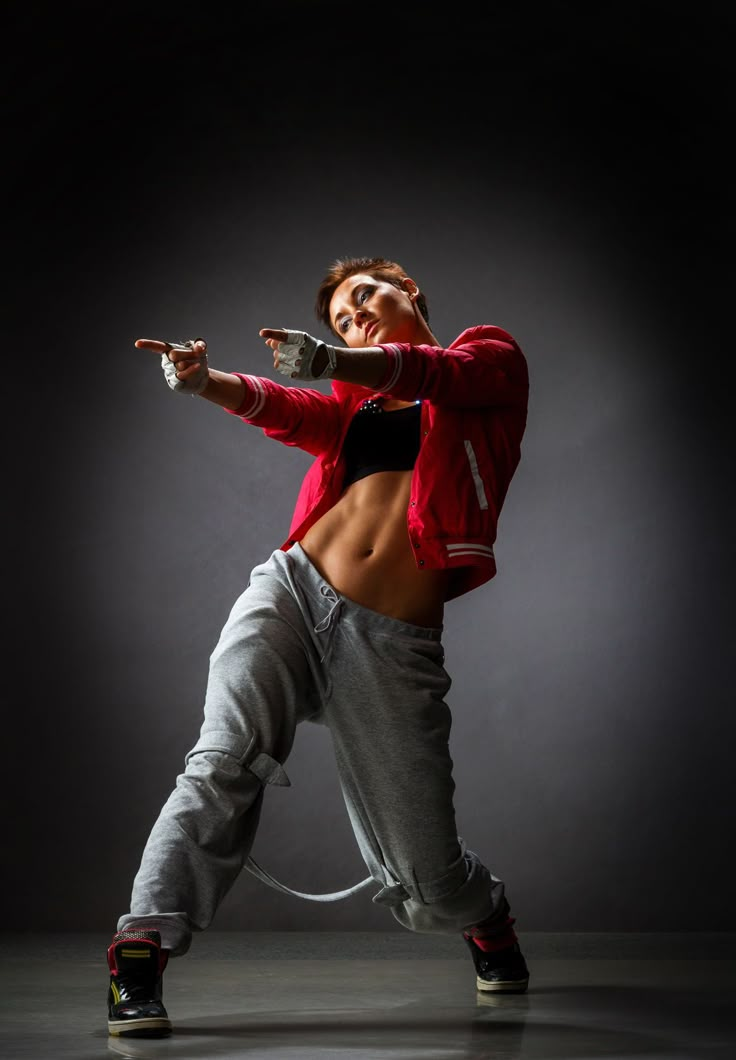
If you are looking to learn other dance styles check out Online dance lessons.
TIPS: How to dance Hip Hop Better
1. It's all about attitude - Remember that Hip Hop dancing is all about "selling" the performance. Commit to each movement and be confident about everything you do.
2. Learn the basics first - the better your basics are, the better you will be able to execute the more intermediate and advanced Hip Hop moves. So don't jump the gun, instead master the fundamentals.
3. Practice, Practice, Practice - You need to hone down your skills as often as possible. Make sure to practice before every class and at your spare time in between classes. The key is to get the steps into your muscle memory.
Interested in other styles?
Click below:
How to hip hop dance online
How to Ballroom dance videos
Ballet dance moves
How to dance in a club
Learntodance.com homepage
How To Dance Hip Hop For Beginners
So, you want to learn how to dance Hip Hop! You’ve come to the right place.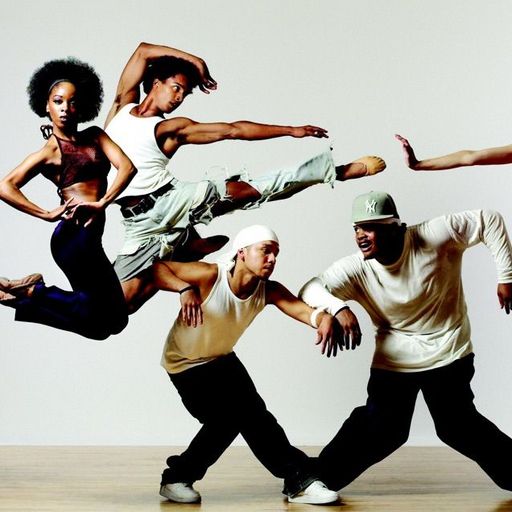
*Note: The term "Hip Hop" is more accurately described in this article: What Is Hip Hop Dance?
For the sake of continuity, we will refer to it as Hip Hop Dance in this article.
You will learn everything you need to learn how to dance Hip Hop, from understanding music to where to find a Hip Hop dance class in your community. Ready to learn how to dance Hip Hop? Let’s get moving.
Part 1: Musicality
What is dance musicality? Why is it important in learning Hip Hop dance? Dance musicality is how dancers hear, interpret, and dance to music. It sets the tone for our movements and gives sounds to follow.
But, in order to start leaning about music and how we dance to it, the first step is learning how to count music itself.
What is an 8-count?
We use an 8-count to break down the structure of music. It's sort of like a map to know when you do a certain move. For example, if a choreographer says that a move should be executed on "the 5," you're going to count the beats of the music like this: "One, two, three, four, MOVE."
It's sort of like a map to know when you do a certain move. For example, if a choreographer says that a move should be executed on "the 5," you're going to count the beats of the music like this: "One, two, three, four, MOVE."
Try this:
Listen to a song, any song, and try counting in your head – "One, two, three, four, five, six, seven, eight." Match your counts to the beat of the song – this is what you'd naturally bob your head or clap your hands to.
Follow along with this video for some practice, and a further breakdown of all the moments that you can hit within an 8-count.
Different musical elements of a song
*We're not going into every single sound found in the history of music! Just the basics, so as not to overwhelm or overcomplicate.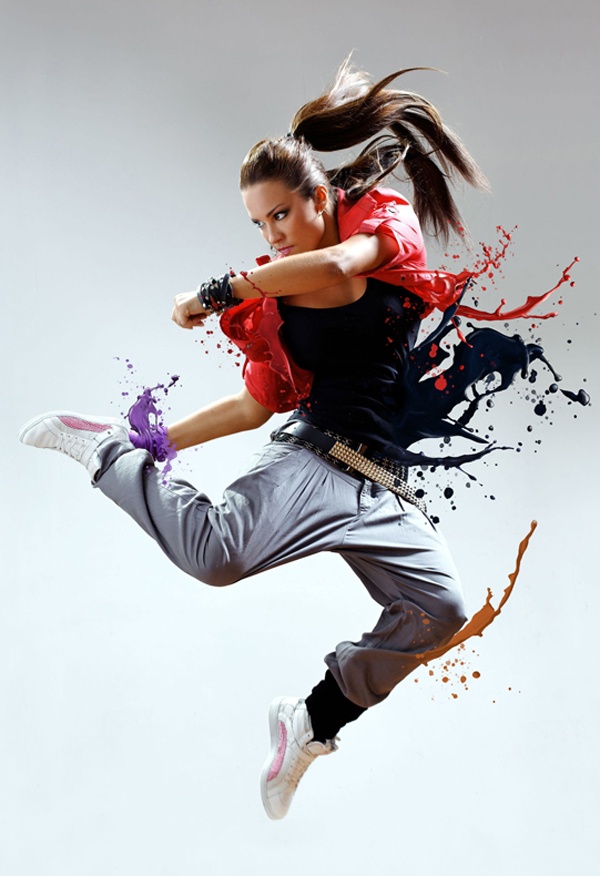
Lyrics
The words that the singer is singing! The lyrics are probably the easiest to distinguish, but hardest to count/dance to, since vocals don't always match the strict structure of 8-counts. Sometimes, choreographers will make moves that correlate with the lyrics by miming actions that match what they singer is talking about.
BassThe bass is the lowest of the standard four voice ranges (bass, tenor, alto, soprano), or, the lowest sound in a musical composition – its there to support the melody. Different instruments can produce a bass sound (most often drums or bass guitars). Dancers often use the onomatopoeia "boom" to describe a bass sound, and we tend to associate bass sounds with strong, grounded movements like a foot stomp or a Woah.
SnareIt's the sharp, staccato drum sound you hear in most Hip Hop songs, kinda like the sound you make when you snap a rubber band. Dancers often describe a snare as a "ka!" when they talk about their routine.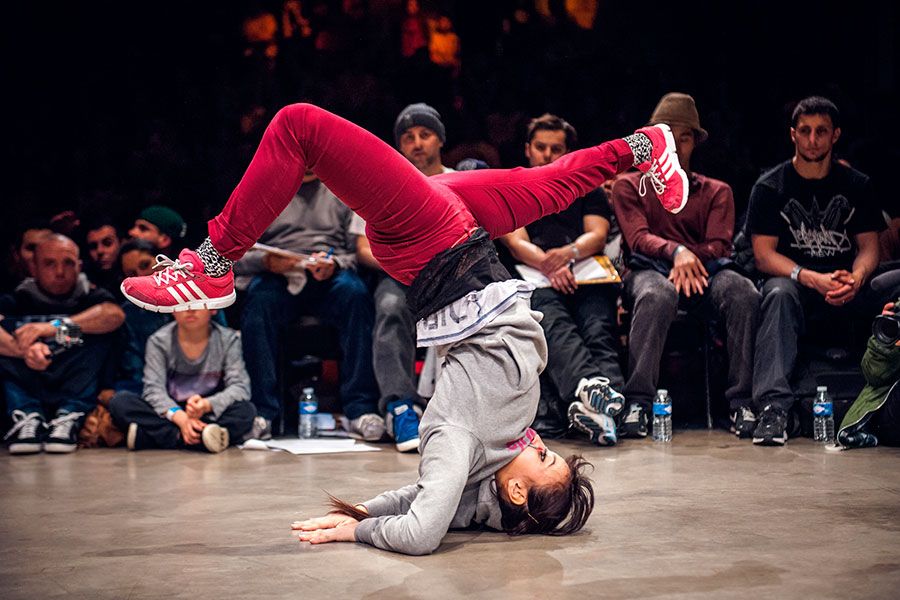 Dancers usually do quick, sharp movements to match this sound. Think of how a dancer might suddenly shoot their arm to the side and snap their fingers, or quickly turn their head to look at the audience.
Dancers usually do quick, sharp movements to match this sound. Think of how a dancer might suddenly shoot their arm to the side and snap their fingers, or quickly turn their head to look at the audience.
A hi-hat is produced by a hi- hat cymbal. Dancers often describe this sound as "tss tss" sound. Hi-Hats are usually paired with sharp movements, but they might melt into something groovier if the sound of the cymbal creates a reverb-y echo. Think of how a dancer might pop their chest right when the hi-hat is struck, and then might add a couple smaller pops right after the first one to mimic the way a hi-hat echoes.
SynthA sound synthesizer produces electric signals converted to sound through amps and loudspeakers. A common type of synth is the synth piano, which may sound like a long, slow bass – a"wobba wobba" sound. This sound goes great with a gooeyyy movement – you want to mimic the way the sound is rippling by using resistance and waves in your movement.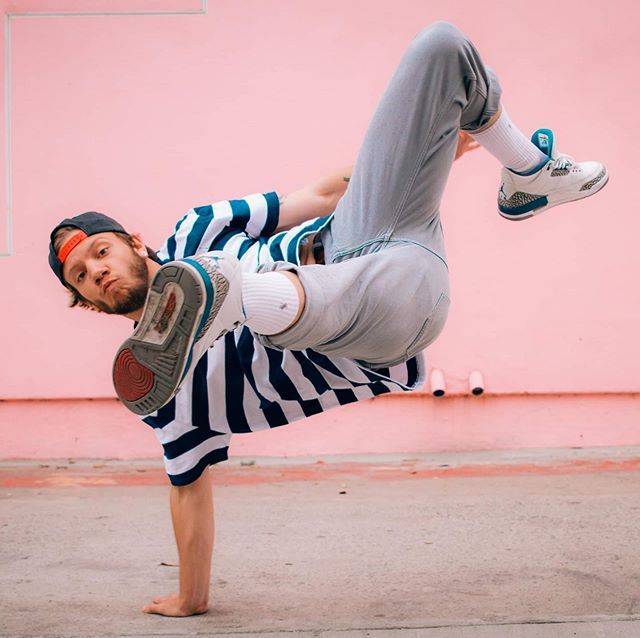 A dancer might do this by rolling their chest slowly to a synth.
A dancer might do this by rolling their chest slowly to a synth.
Guitar strums and melodies are also useful to take note of, for more instrumental / acoustic songs. You can do whatever feels right in the moment to these types of songs!
Keyboard/PianoThe piano sounds will also accent, or set the melody/harmony of the song. You can dance to these sounds separately or as chords. If you hear a high-pitched piano note over and over, you might hit that note with an upper-body-focused little move. If you hear a rich set of chords, you might do some flowy, full-body moves to communicate how rich those sounds are.
Try this:
You'll start to see patterns when you listen to music more carefully. Maybe there's a bass drum on each 1st and 5th count, or a snare on every even count. As you're clapping or bouncing or whatever you're doing to mark the beats in the music, take notice of the sound patterns that exist within it.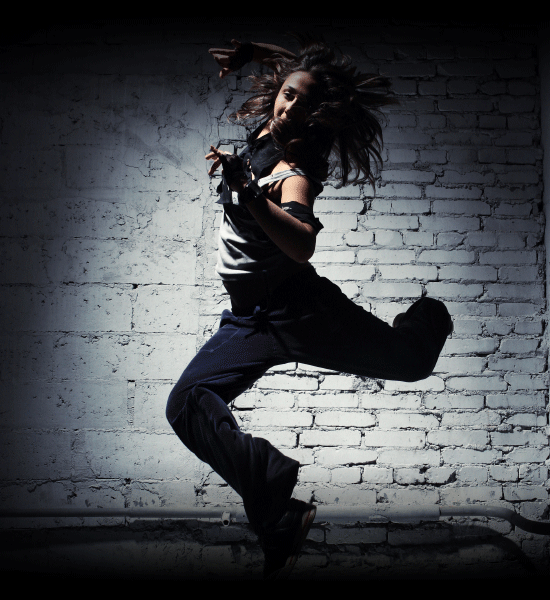 It'll cue you in to the musicality you should use when you dance.
It'll cue you in to the musicality you should use when you dance.
What does Hip Hop dance musicality look like?
Dance musicality is demonstrated in several ways, depending on the dancer's style, the song, and how they choose to interpret the music.
Check out these 2 pieces to the same song, that are completely different in both style of dance and musicality choice.
How Many Drinks – Pat Cruz & Aggie Loyola
How Many Drinks – Carlo Darang
Everyone listens to music differently, as you can probably tell from these two pieces. Choreographers utilize different pictures and textures to portray how they hear the song.
Not sure what textures are? Read this: What Are Textures In Dancing?
Great choreographers have unique ways of moving to music that bring out sounds you might not have heard when you’re just listening to the song.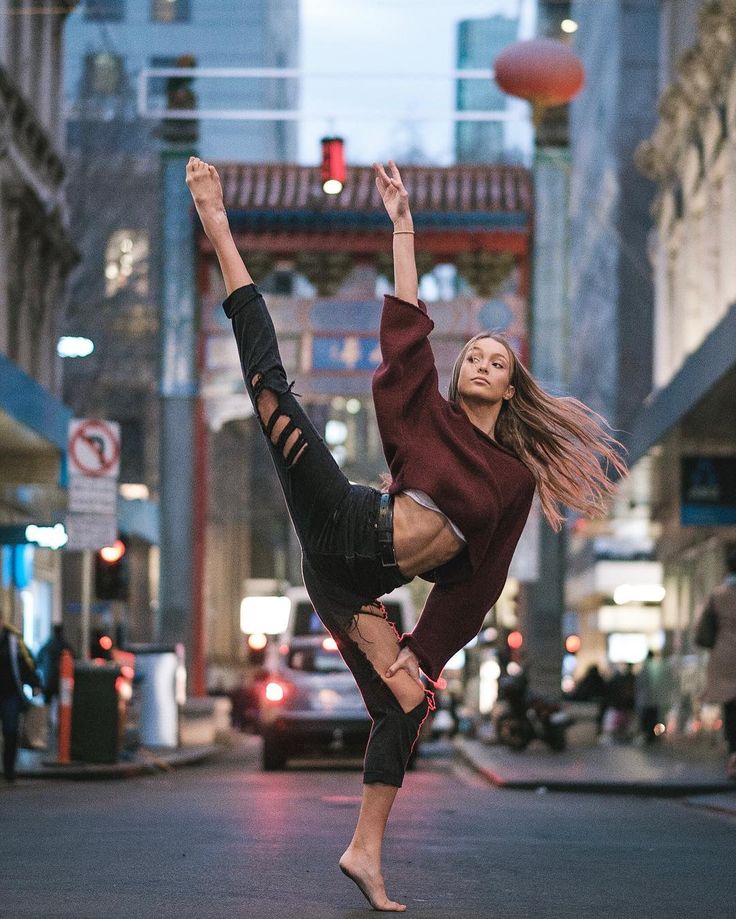 Now you know what it means when someone says. “UGHHH, their musicality is so sick!” By being more familiar with the different sounds that make up a song and their relationship to the flow of it, you'll have a better understanding of how to execute moves to embody those sounds more closely.
Now you know what it means when someone says. “UGHHH, their musicality is so sick!” By being more familiar with the different sounds that make up a song and their relationship to the flow of it, you'll have a better understanding of how to execute moves to embody those sounds more closely.
This dance tip is from Scott Forsyth's class on STEEZY Studio!
Part 2: Body Awareness
Have you ever taken a yoga class? Then you'll know that a big objective of yoga is simply to be present – in the mind, and the body. By doing so, you're bringing together your mental and physical selves. Similarly, as a dancer, your mind and body must be working together – your mind is the part that understands the music and the intent behind the movement, and your body is the actual tool for moving. Here are ways to train your body to learn to dance Hip Hop.
Here are ways to train your body to learn to dance Hip Hop.
Lay on the floor, and close your eyes. (Turn on some light music here, if you want.)
Then, go through this list of body parts, and focus your thoughts and feelings on each one. Flex or move the part to draw more attention to it. Once you feel fully comfortable with where it is and what it feels like, move on to the next one.
Arms
Shoulder
Forearm
Wrist
Fingers
Fingertips
Legs
Thigh
Knees
Calves
Ankles
Feet
Toes
Hips (Try rotating them in and out)
Chest
Upper chest
Core (tummy area)
Lower abdomen
Neck (Try turning your neck, and also rolling it clock- and counter-clockwise)
It sounds almost too easy to be effective – but the key here is not the difficulty of the movement (which is obviously very minimal). The key is how familiar you're becoming with these body parts, which requires a surprisingly great deal of focus. Muscle memory starts with muscle awareness! By dedicating your time and energy in getting to know your body, you're training your most important tool as a dancer!
Muscle memory starts with muscle awareness! By dedicating your time and energy in getting to know your body, you're training your most important tool as a dancer!
Cool, so we're getting to know what each part of the body feels like in a resting position. Let's create some pictures to explore how our bodies look and feel in certain placements. We'll be using 3 main ideas for these exercises:
- Focus
- Posture
- Angles
What "focus" refers to in dance is the direction your face is facing. Timed right with a committed facial, your focus has the power to make or break a piece.
Whatever pose you're holding or pathway you're moving through, your focus is most commonly straight to the mirror (not the greatest habit, but it's good to watch yourself at first, when developing body awareness), to the right, to the left, up, down – and to varying degrees.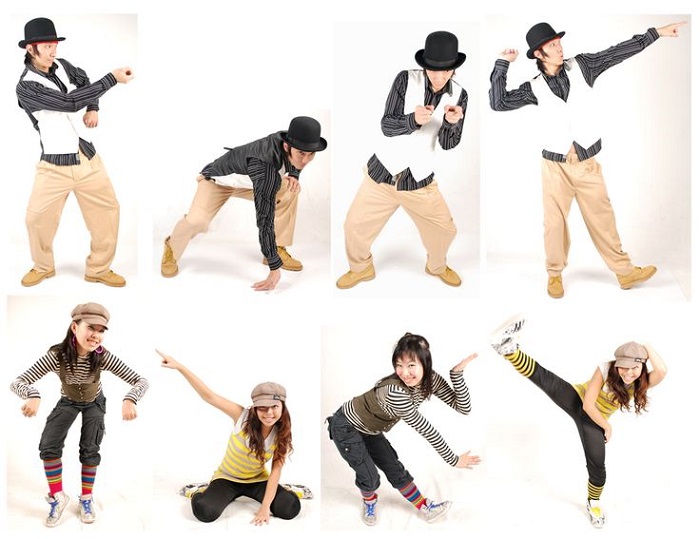
For example, "right 45" can refer to turning your face toward the right, but only halfway from directly ahead and your right side. "Down left 45" signals looking slightly toward the left, with your chin pointed down, so that your eyes are aimed at the bottom corner of the wall. Focus changes will flow naturally as you learn choreography, but sometimes the choreographer will specify certain pictures and combos to have a certain focus.
This dance tip is from Jeffrey Caluag's class on STEEZY Studio!
Try this:Stretch your neck to the rhythm of a song, by looking to the
- right, left, right left, ↔ then switch to
- up, down, up, down
- then hit the diagonals! ⤢⤡
- then roll your neck around so your eyes are making a big circle ⤿ and switch directions ⤾
Posture has a lot to do with the style or mood of the piece.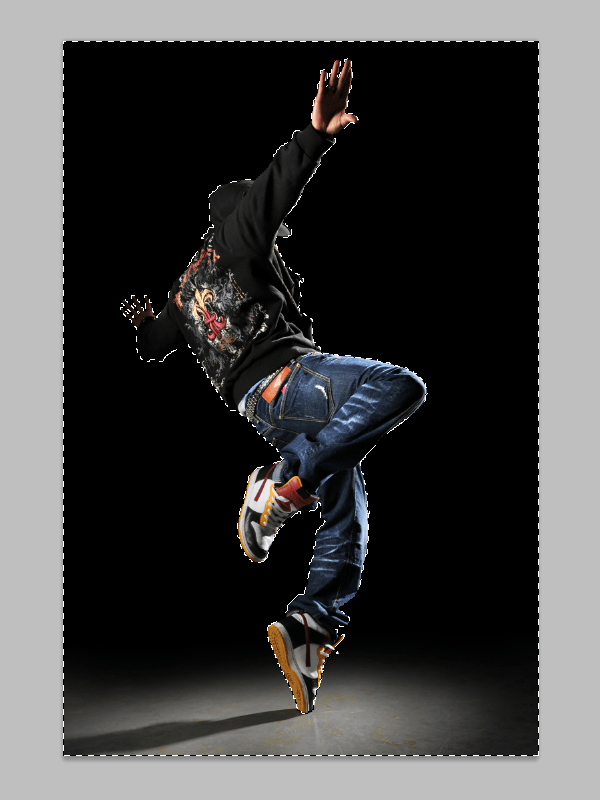
For example, Whacking will call for your chest to be more open, and your focuses will be sharp and purposeful. In a more swaggy, laidback-feeling piece, your posture might be directed more toward the ground, with a relaxed torso and shoulders. Think of posture as huge part of your body language that communicates tone and mood.
Melvin Timtim explains how he channels Lil Wayne through his posture in this STEEZY Studio class.
Watch it in action here:
PicturesBefore getting into full-body movement, let's study how your body feels when hitting certain angles. When you break down the movements of Hip Hop dance, you will see certain stops in the movement, or pictures.
Practice creating different pictures in the mirror, and pay attention to how they make you feel.
Do you feel powerful when your legs are apart and your hands are on your hips?
Do you feel weak when your hunch your shoulders and point your knees inward?
Part 3: Execution of movement
Grooving!!!!
Chances are, you probably already know how to dance. When you go to a club, or listen to music on the radio, do you bob your head or sway side to side? These are grooves – which is the foundation for Hip Hop dance and Open Style choreography. Hip Hop Dance grooves were invented by people who were dancing at clubs and parties to just vibe out with each other.
Bianca Vallar explains the importance of learning your fundamental Hip Hop moves here:
Practicing grooves are KEY to not looking awkward when you dance.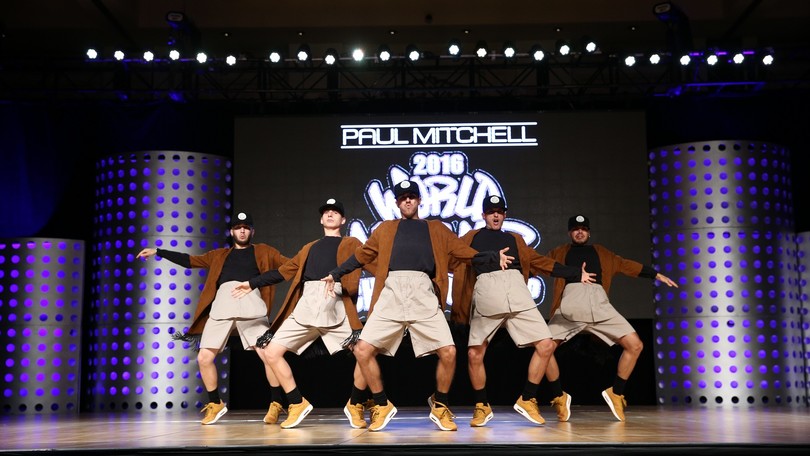
(But there are more tips here: How To Not Look AWKWARD When You Dance)
There are several elements that factor into how your movement looks. These come more into play when executing choreography that's based around Hip Hop's foundations.
Hitting using the RIGHT amount of energyHitting is the fundamental move of Popping. You can learn more about it here: What Is A Popping Hit
Even if you're not a Popper, you probably use a similar technique to "hit" certain sounds in choreography.
Flexing your muscles creates a visual that matches louder musical elements, like a bass.
When you hit, you don't want to be too soft and undersell the move, but you don't want to go TOO full out and overkill it. The goal is to become/embody music, not to compete with it!
Imagine your energy levels as following the pattern of an audio visualizer. The louder the sound, the higher the level, and the stronger your hit!
The louder the sound, the higher the level, and the stronger your hit!
This technique is most commonly used to describe movement in in-betweens of pictures – the "pathway" between A and B.Here are a few ways "milking" is used
- At the end of a move, instead of "putting a period" on it, that is, ending it definitely by stopping the movement, think of it as a "..." The "dot dot dot," connoting that you're dragging out that move, to extend its pathway past "B," what would've been the stopping point without the milking.
- Or, you can milk from one picture into a completely new picture. To practice this, set 2 poses. Every 4 counts, change your position.. but here's the challenge! Use a different pathway each time, to slowwwly get your body where it needs to be.
- Think of milking as a change in acceleration (ooh, physics terms!) Really, all moves are some sort of slowing down, speeding up, or stopping.
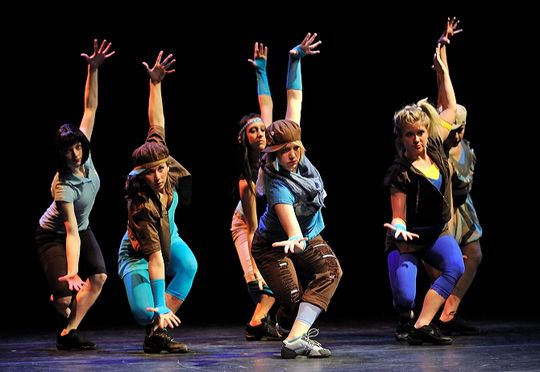 Milking is just the term for gently stepping on your brakes. Where your car goes (the pathway) is up to you.
Milking is just the term for gently stepping on your brakes. Where your car goes (the pathway) is up to you.
Learning how to manipulate your speed is going to be a huge factor in shifting dynamics and textures. To practice speed control, pretend that your arms are hitting a "wall." But instead of stopping at this wall, that wall is the checkpoint at which you change your speed. Go from fast and hard hitting, to completely "milking." This variance in speed will help switch up the mood and "textures" of a piece.
TexturesThink of textures the way you think of the physical connotation of the word. Have you ever heard dancers being described as "smooth"? They probably move like honey. Visualize the way that a song feels. Is it staccato, with abrupt starts and stops? Is it flowy and silk-like, with lots of vocals? Is it gruff and interrupted, like an angry rap song? While many songs do embody a specific "texture," most have elements of several.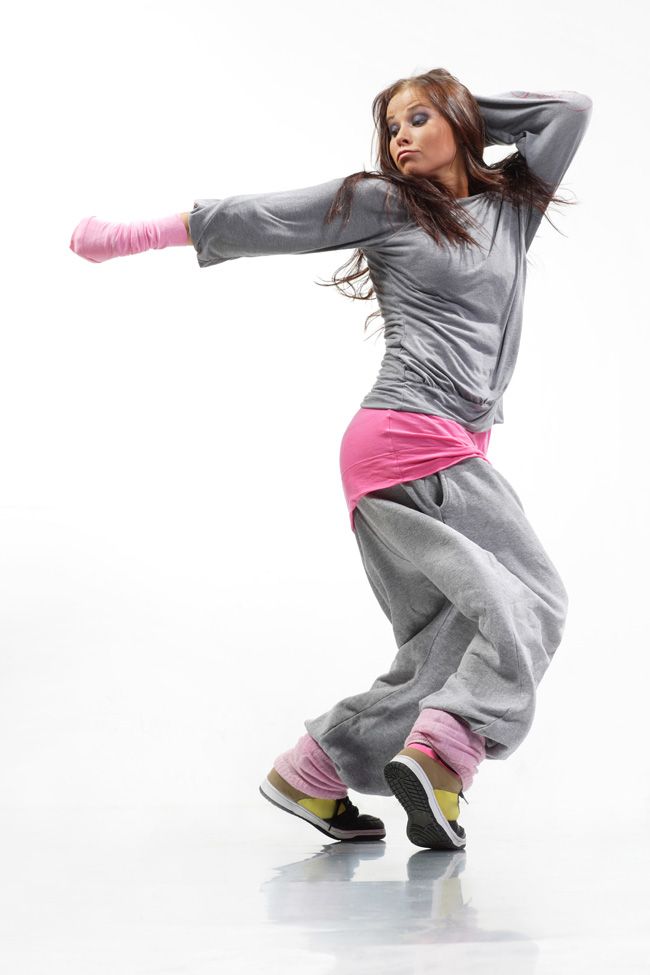 And because a lot of songs carry with them hints of different textures, the variation in your hits, milks, and speed, are all going to contribute to how you match the music.
And because a lot of songs carry with them hints of different textures, the variation in your hits, milks, and speed, are all going to contribute to how you match the music.
Part 4: Class and Training
OKAY OKAY, enough talking about how to dance hip hop – let's start practicing it already! One of the best ways to practice a skill is to... take a class!
Looking for a Hip Hop dance class in your area
If you don't have a dancer friend who can introduce you to different dance classes, it's okay! That's what the internet is for. Do a Google or Yelp search using key words like "Dance classes in ____" or "Dance studios in _____" or "Hip Hop classes in _____" or "How to dance Hip Hop in _____"
Do you live in LA? Train here: The Dance Studios In LA You Need To Be Training At
Once you have a good list of nearby dance studios, go on their websites to see what kind of class offerings they have. If they do not have a website, then call the studio and ask for their schedule. This way, you can ask more questions while you're on the phone, too. Instagram is is a great tool for finding dance studios and dance classes, too!If you keep noticing flyers or class videos (either in your personal feed, or through Instagram's "Explore" page), and click on the location link, you can see where the studio is located. Better yet, if the studio itself has an account, you can stalk their class schedules and instructors to find out more.
If they do not have a website, then call the studio and ask for their schedule. This way, you can ask more questions while you're on the phone, too. Instagram is is a great tool for finding dance studios and dance classes, too!If you keep noticing flyers or class videos (either in your personal feed, or through Instagram's "Explore" page), and click on the location link, you can see where the studio is located. Better yet, if the studio itself has an account, you can stalk their class schedules and instructors to find out more.
Finally, lurking skills from stalking your crush is coming in handy! If you like the instructors / classes offered, or the vibe of the studio, add that into your list of prospective places to take class at.
Which Hip Hop dance class should you take?
Once you've secured the place where you'll be taking your dance class, you need to decide which class to take. You want to make sure you feel comfortable diving into your first dance class, and that it will benefit you, rather than leave you feeling defeated.
A "Beginner" level dance class is probably the best to start with. Even if you're not a beginner dancer, read Why Every Dancer Should Take A Beginner Dance Class
How to prepare to take a Hip Hop dance class
Once you've decided on your dance class (where / when / which one), it's time to get ready. Choose an outfit that is loose and comfortable, but one that you still feel confident in. By no means do you have to follow the latest trends in "dancer fashion." It's about YOU and what makes YOU feel cool. Once you get to the studio, you're going to register at the front desk, pay for your "Drop-In" class, and wait for the room to be ready. There's usually back to back classes at studios, so another class will be exiting as you're waiting to enter. When you get inside, put your stuff down and wait for the choreographer.
Until then, you can just hang out, start stretching, or talk to other dancers in the class. You'll probably start to feel nervous right about now.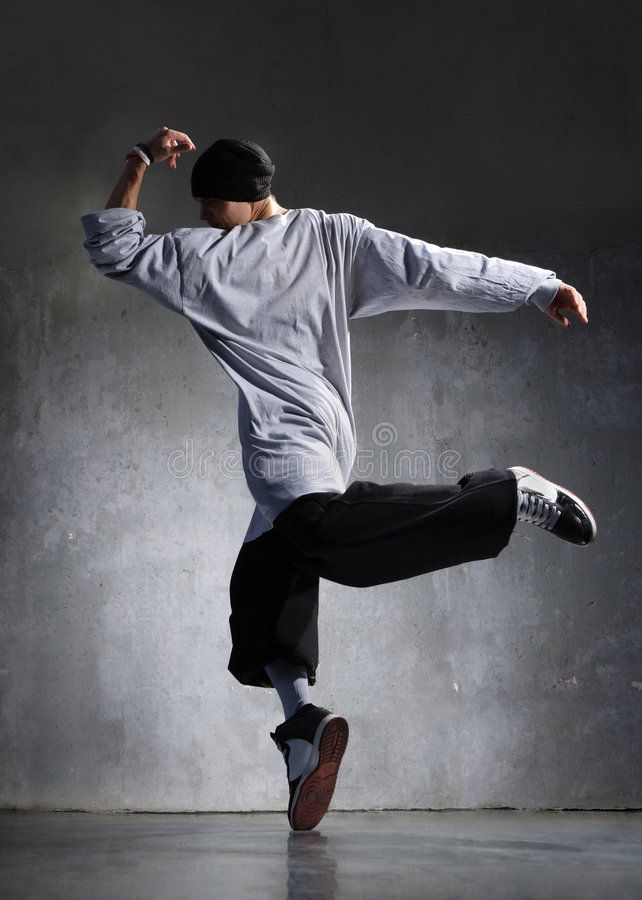 Remember: It's all about your mindset! Take a deep breath and remind yourself that a class is called a class for a reason: you're there to learn! So instead of being intimidated by the idea of trying something new, get excited to start learning.
Remember: It's all about your mindset! Take a deep breath and remind yourself that a class is called a class for a reason: you're there to learn! So instead of being intimidated by the idea of trying something new, get excited to start learning.
What to know when you take a Hip Hop dance class
The choreographer will start (most likely) by introducing themselves, and leading a quick stretch. Aside from the actual learning process (which we'll talk about in the next section), there are a few "class etiquette" notes to keep in mind:
Ask questions
If you're struggling with a move, it's perfectly *fine (encouraged!) for you to ask questions.*However, don't do this in excess! Try and figure out the answer yourself first (by looking closer at the move, trying it out in different ways for yourself), and if you still need clarification, ask.
Switching lines
When the choreographer says to "switch lines" – if you're in the front of the room, move to the back, and vice versa.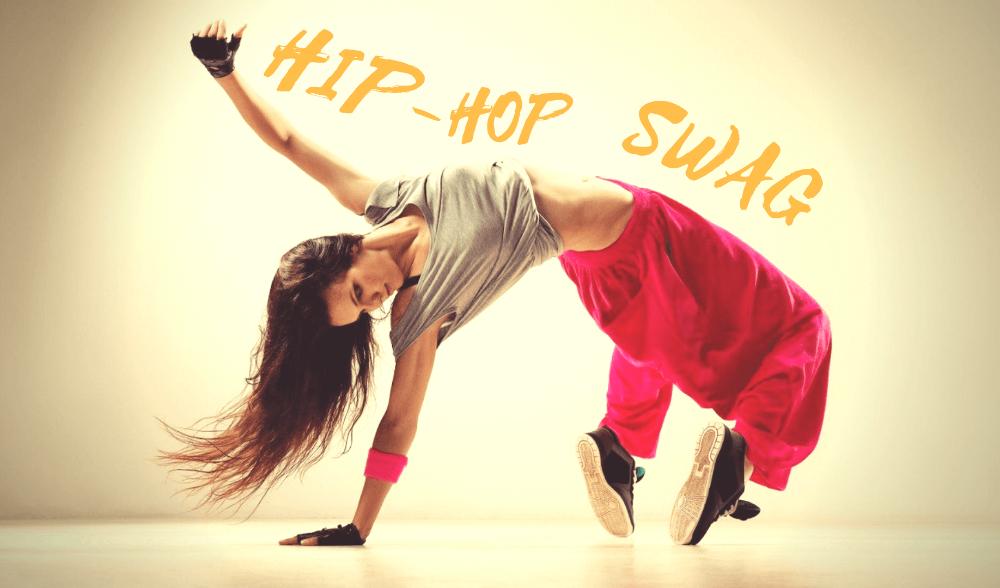 This is to ensure that everyone gets a fair chance at having a good view of the choreographer throughout the class. It'd be a little selfish to hog the mirror the whole time, right?
This is to ensure that everyone gets a fair chance at having a good view of the choreographer throughout the class. It'd be a little selfish to hog the mirror the whole time, right?
Switching inside / out
In addition to switching lines, the choreographer might also ask the class to switch "inside out" / "outside in." And yep – it's exactly as it sounds. If you're toward the middle of the room, move closer to the walls, and vice versa.In general, it's good to move around the room while you take class, regardless of whether the choreographer is telling you to or not. It helps you to not grow dependent on your position to learn or execute.
Sitting down
There are a few cases where you'll have to take a seat during the class.
1. When the choreographer is demonstrating the moves they taught and you're in the front of the room. We do this so that, when the choreographer first matches the moves to the music, everyone can see what the choreography is supposed to look like.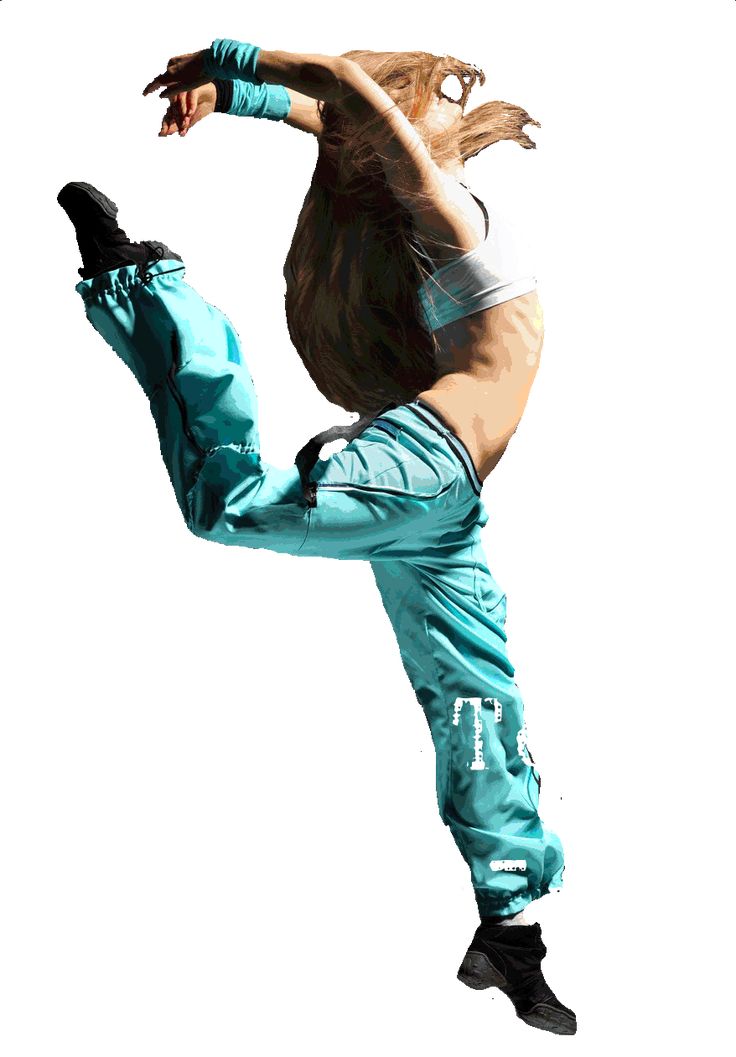
2. If the studio is too crowded, and the choreographer needs to demonstrate the choreography for the "back half" to see. It's easy to follow the choreographer if you can actually see what they're doing, but often the people in the back of the room have blocked or limited vision. (Especially when it comes to intricate details or footwork). We have the front half of the room sit down while the choreographer can teach the back half of the room, then have the whole class join in once everyone "gets" it.
What the choreographer means...
When they say to "Watch"
This is when it's polite for the people in the front of the class to take a knee/seat. Even if you know the moves, really WATCH the choreographer demonstrate the piece. While you watch, take note of where the piece counts in, the true tempo of how fast the song goes, and how the choreographer is hitting each move. The closer you pay attention, the closer you'll know what to emulate.
When they tell you to "Mark it"
Marking means that you are doing the piece more in your head than on your body – but you should still be doing it with your body.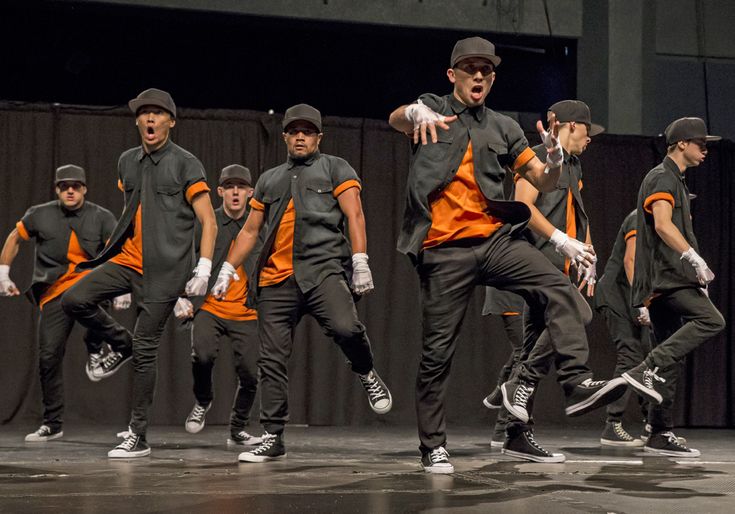 Think of it as doing the piece, but with less energy. Be more conscious of the music, timing, and where your body placements are rather than releasing your bankai. The choreographer might use percentages to indicate how much energy you should be putting into your mark. Example: "Let's go just 50% for this first run-through!" or "Mark it around 80%"
Think of it as doing the piece, but with less energy. Be more conscious of the music, timing, and where your body placements are rather than releasing your bankai. The choreographer might use percentages to indicate how much energy you should be putting into your mark. Example: "Let's go just 50% for this first run-through!" or "Mark it around 80%"
When they tell you to "Go full out"
All right, THIS is when you go 100% with your energy. Think of it as the most you can do for everything: cleanliness, timing (that you should've perfected in your mark), but now with power!
Read this for tips: How To Dance Bigger, Stronger, And More "Full Out"
How to learn when you take a Hip Hop dance class
Learning choreography
Take note of pictures, angles, footwork, focus, etc.
Scared that you'll fall behind? Use these tips for How To Keep Up In Dance Class
Choreographer's execution
WATCH them demonstrate for the class! Take note of texture, dynamics, milking, everything from their demeanor and posture to their facials and energy levels.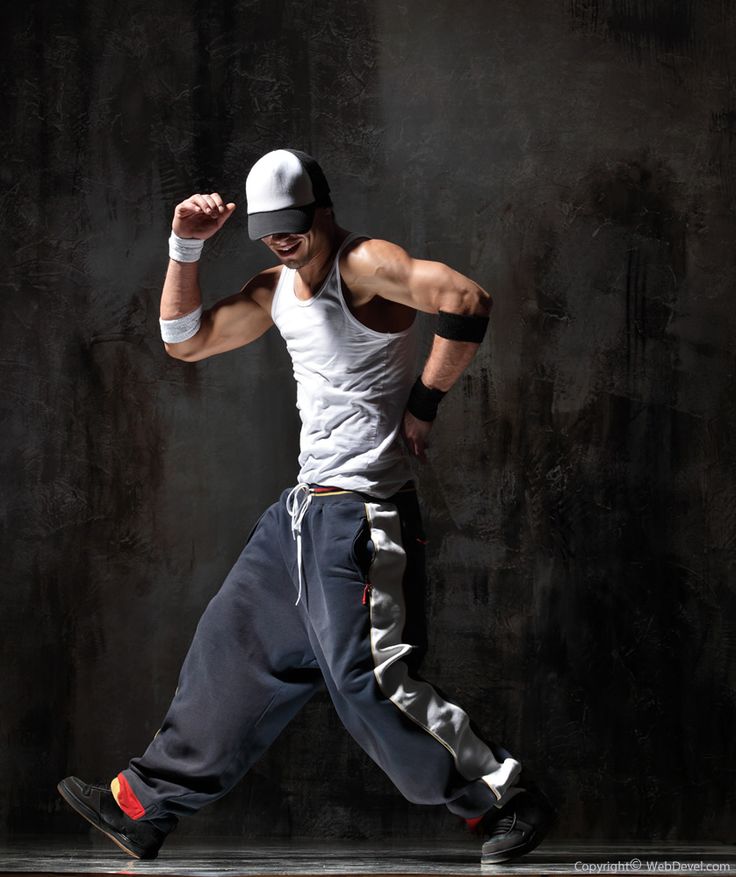
Listening to the music
A huge huge huge huge huge part of being able to get a piece is knowing the music. Know what sounds you're hitting, when those sounds come in the music, the tempo, mood, and style of the song.
Practice performance
If you're satisfied with starting out learning just the choreography, that's fine! But if you feel comfortable with the piece, try and add a little pizzazz to it! Your freestyle, your facials, your personal swag.
After you take a Hip Hop dance class
A class experience is not limited to just learning choreography. After all the moves are taught, there will be a few things the choreographer has you do.
Groups
This is when the room is divided into sections, and that group will perform the piece as the other students watch. Groups can get intimidating! But it's also an integral part to your growth. Push yourself outside of your comfort zone and just go for it!
Select group
The choreographer may or may not call out a "select group" – a group of students that they noticed and want the rest of the class to watch.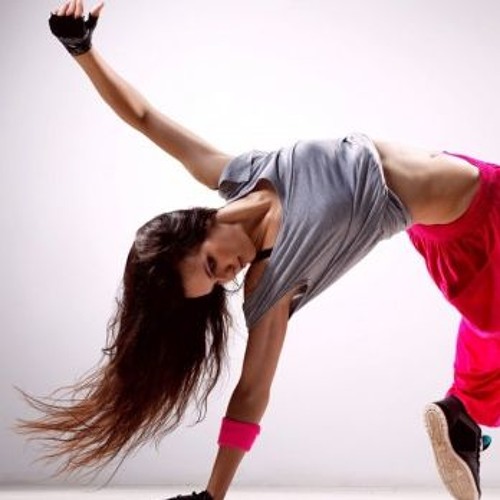 The selected dancers may have been really clean, not so clean but performed the crap out of it, had a lot of personal style, or were just fun to watch. There are so many reasons you can get chosen or not for a select group, so don't overthink it!If the choreographer calls out a "any 10 people" or "any 5 people" to be in a group, and you feel comfortable with the piece, you should volunteer to go up!
The selected dancers may have been really clean, not so clean but performed the crap out of it, had a lot of personal style, or were just fun to watch. There are so many reasons you can get chosen or not for a select group, so don't overthink it!If the choreographer calls out a "any 10 people" or "any 5 people" to be in a group, and you feel comfortable with the piece, you should volunteer to go up!
Recording class footage
Don't be surprised if someone (either the studio staff, another student, or a parent) is recording you dance.The studio sometimes does this to promote their classes, and students/parents often do this for personal keeping or to post on social media.. (let's be real) And if YOU want to record yourself, ALWAYS ask the choreographer first if that's okay. If they say no, don't. Clear it with the studio staff, too. Then ask someone to record you so you can critique (or appreciate) how you did. Or post it on Instagram. Live your life.
Choreographer's solo
At the very end of the class, the choreographer will most likely perform the piece.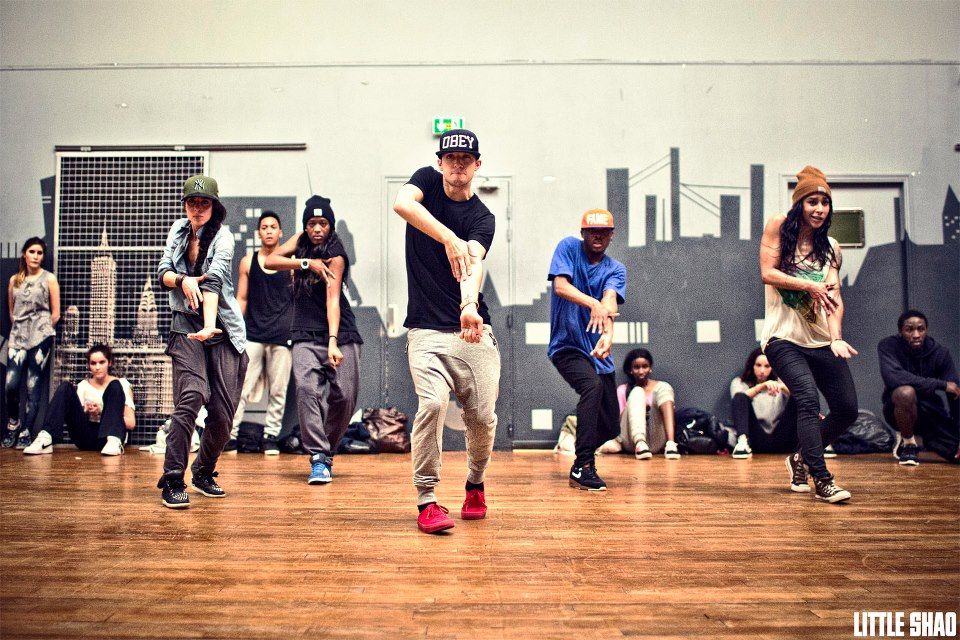 Honestly, the best thing to do here is just watch so put your phone down, and just watch!
Honestly, the best thing to do here is just watch so put your phone down, and just watch!
Saying thank you to the choreographer
Once you pick your jaw up from the dance floor, make sure to line up to thank the choreographer. They just shared their craft with you, hopefully in a way that helped you become a better dancer in some way, so it's important to show your appreciation. You can introduce yourself, say thank you, take a picture if you want. You can ask for critiques or tips, but if there is a long line of people behind you, the more polite thing to do is to keep it short and sweet. In addition, ask the choreographer for the song title and artist so you can keep practicing the piece at home!
Part 5: Setting Future Goals
So, you’ve made your first leaps into learning how to dance hip hop. Congrats! Welcome!! Yayyyyyy!!! Now, where do you go from here? Since different dancers dance for different reasons, let’s talk about 4 different goals you can set for yourself and tips to help you reach them.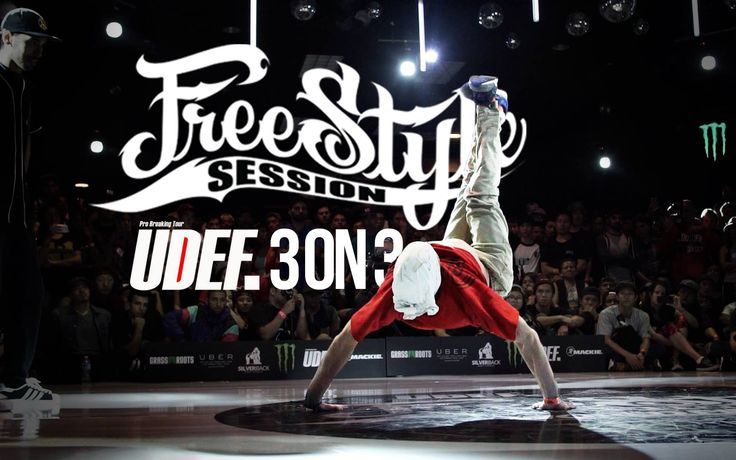
How did your first class go? Was it challenging? Scary? Too easy? Just hard enough? Although your first dance class is quite a hallmark in your dance journey, but it's only one of many to come. If versatility is your goal, keep exploring different classes at different studios. Don't just take the same beginner class from the same choreographer week after week. Make a list of specific styles or choreographers you want to train under. Schedule out when and where you can take those classes, and strategize a way to get the most variety as possible. After a while, you'll be able to identify what you need extra help in. And you'll have a better sense of your own "style," based on the types of pieces you tend to enjoy most.
#2: Level up! Learn advanced choreographyIf your goal is to be able to keep up with advanced choreography, then set a hard date for the class you want to be able to take in a few months. Til then, seek out classes that are more and more challenging as time goes on. From beginning classes, intermediate, to more advanced. And after you take it, don't stop there! Keep challenging yourself with advanced classes – while you continue to train as a beginner. It'll push your choreo pickup and execution, while strengthening your foundation. How To Get The Most Out Of Dance Class (Video)
Til then, seek out classes that are more and more challenging as time goes on. From beginning classes, intermediate, to more advanced. And after you take it, don't stop there! Keep challenging yourself with advanced classes – while you continue to train as a beginner. It'll push your choreo pickup and execution, while strengthening your foundation. How To Get The Most Out Of Dance Class (Video)
It's nice to have a tribe of support for something that started as a personal journey. So if you want to get to know your fellow dancers – take initiative! Introduce yourself to the familiar faces you see in class. Definitely introduce yourself to the studio staff. Be vocal in classes, and ask other dancers where they're from / where they're going. Not only that, attend dance shows, competitions, battles, and even team fundraisers. These events spur a lot of conversations, and give you a better vibe (aye) for what the culture is all about.
STEEZY Studio members connect with each other through our Facebook group – where we share videos, ask for tips, give critiques, and even arrange meet-ups!
See related articles: How To Thrive In A New Dance Community
How To Build A Network In The Dance Community
#4: Audition for a hip hop dance teamLots of us start dancing after watching a team perform. Whether it was on YouTube, or in person, these sets stirred something in us that pushed us to try it out. Consequently, a lot of dancers' goals are to perform with a team, on a stage, at a show or competition. If making it on to a team is your goal – and even if it isn't! – then auditioning is a great experience that can teach you a lot of things. It's going to call on you to pick up choreo quickly, in a crowded room, surrounded by other hungry dancers. You'll have to perform for a panel of judges, and maybe even freestyle.
The pressure might get nerve-wracking, but that's exactly why that experience is so valuable. Auditioning for a hip hop dance team will really test where you are as a dancer, in addition to being another great opportunity to train and meet people. Look into the dance teams in your area. Ask about auditions or private / mid year auditions if you missed the start of the season. Even if you don't end up joining right away, it's great for the psyche to have a clear goal to aspire to.
See related articles: How To Make Your Dream Dance Team
We hope this helped you newer dancers learn how to dance hip hop! Welcome, and we can't wait to share this journey with you!
Learn to dance hip-hop at home with the best dancers in Russia!
The man who started the fashion for hip-hop was Africa Bambaata. In his youth, he participated in street fights, sold drugs and played records. It was he who came up with the idea of playing not the whole track, but only especially successful places - breaks.
“What is hip-hop anyway? - the instructor of the TV channel "LIVE!" begins his story. Ilya Vyaltsev. “First it was disco, then funk, then rock. DJs listened to records, and those 15 cool seconds that they especially liked were played several times in a row. Hip-hop is a mix of cultures. Why did this happen in America? Yes, because this is a country that is not so many years old and which does not and cannot have its own culture.
Hip-hop leaked into Russia (then still the USSR) during perestroika times. In 1985, all break dancers' parties were held in the Moloko cafe in the Olympic Village, on the Arbat, as well as in numerous recreation centers, where by that time discos for young people were already in full swing. The first more or less serious hip-hop performers were Ilya Pincher, who now teaches dance at the Model 357 studio, as well as members of the Malchishnik and Da Boogie Crew groups. To put it mildly, they had no one to take an example from - films and clips reached the Soviet Union with a creak, so Russian breakdance initially developed according to its own scenario. For example, American dancers did not divide the dance into a bottom and top break. As for Russian break dancers, they attributed robotic movements and a wave to the top break, and acrobatic tricks like twisting on the head to the bottom.
For example, American dancers did not divide the dance into a bottom and top break. As for Russian break dancers, they attributed robotic movements and a wave to the top break, and acrobatic tricks like twisting on the head to the bottom.
How to dance hip hop?
“Everyone who created hip-hop was just fooling around, grimacing, exchanging movements with each other: they say, look how I can, or look what I can do,” explains Ilya Vyaltsev. - So it was in New York, and in Tallinn, and in Moscow. Hip-hop is generally based on competition. Battles, that is, competitions of dancers and DJs, are not even competition, it's just the desire to be the best. Svetlana Litvinova agrees with Ilya's opinion, who also teaches hip-hop lessons on the LIVE! TV channel. “This is freedom of expression, sign language, pantomime,” she says. “People take turns taking the stage and showing their best.”
Hip-hop at home with Svetlana Litvinova (video)
[pladform id=”100774799″ resource id=”12829″]
Having mastered the basics of hip-hop at home with online lessons from the LIVE! video library, which are more like home parties, you can safely conquer the dance floors.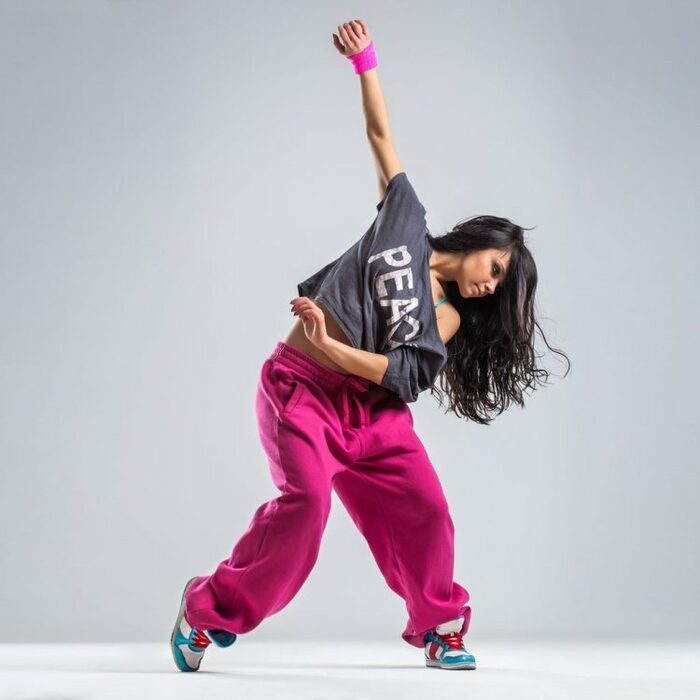 “After all, hip-hop,” says Litvinova, “is primarily communication.”
“After all, hip-hop,” says Litvinova, “is primarily communication.”
Hip-hop video lessons for beginners and advanced
You can find video lessons and hip-hop lessons in our Live! video library. Classes online with Svetlana Litvinova and the best Russian dancer Ilya Vyaltsev
I want to dance. 10 misconceptions about dancing
The desire to learn to dance is natural and natural in the modern world. You can list the reasons, starting with obvious and popular pragmatic desires, for example, to start moving or losing weight, ending with unconscious and even existential ones.
This is due to the fact that dancing is at the subtle intersection of the inner and outer worlds, physical and spiritual. Above this, music becomes a driver that cannot leave anyone indifferent.
In dancing there is magic inside a person, which is not always noticeable when viewed from the side. At the initial stage, it is the external picture that attracts to dances, and sometimes repels, as it seems too frivolous and superficial.
At the initial stage, it is the external picture that attracts to dances, and sometimes repels, as it seems too frivolous and superficial.
But there are even stronger obstacles that stop many people from starting dancing. These illusions and delusions roam the minds of the majority, and are often afraid to ask about them directly, or they ask the question about it so often that they are no longer ready to hear an honest direct answer. I will try to do it in this article.
There are many examples of contemporary dance instructors sharing their thoughts about not expecting to be in the dance industry. Once upon a time there was a man and was engaged in adult, serious business. Sometimes even very serious. A person could have children and even grandchildren. I saw dances only on stage or on TV. For reasons unknown to himself, he ended up in dances. At first, everything seemed like entertainment and a useful pastime. But time has passed, and a person catches himself thinking that he thinks about dancing not just every day, but really all the time.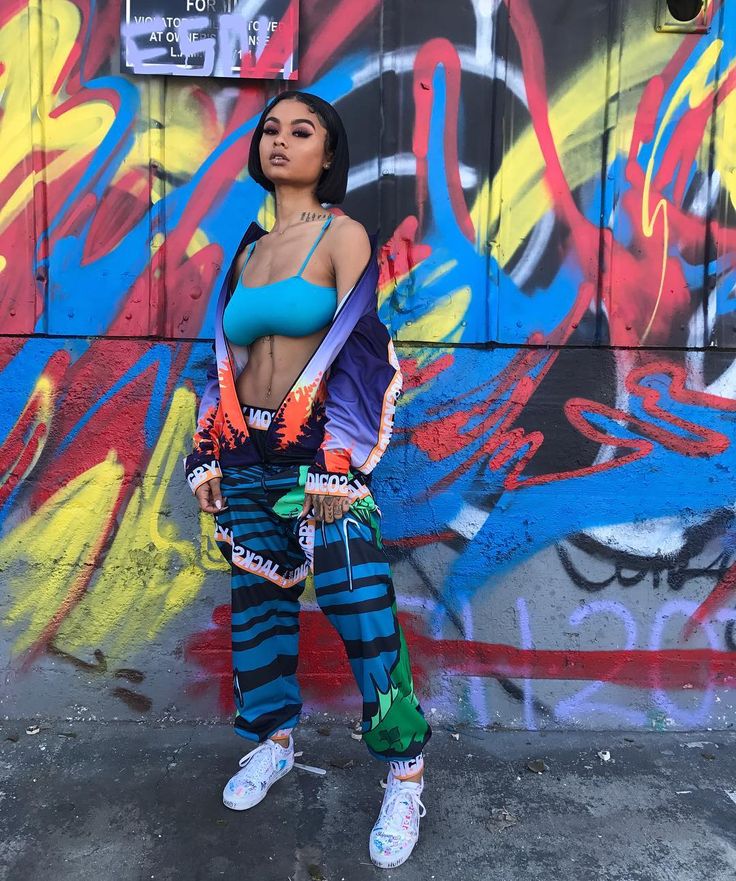 A couple of years pass, and he already becomes a teacher or organizer of some event.
A couple of years pass, and he already becomes a teacher or organizer of some event.
A similar path can start at 15 or 55 years old. The only difference will be in the self-perception of the starting stage, that it’s too late to dance. In fact, for each age there is its own dance direction, which can reveal it to the greatest extent at this stage. Hip-hop or breaking is closer to children and teenagers, and Argentine tango is closer to adults. It's never too late to start dancing. You need to make the right choice of dance style based on several parameters: age, gender, music, goal. There is a dance direction for any arrangement.
Misconception 2: Men don't dance
Our culture has a number of restrictions related to dancing. Most of these causes are psychological and lie outside the realm of rational reasoning.
First, in our culture, in principle, dancing for pleasure or self-expression appeared relatively recently. 20-30 years ago dance clubs were only for children. To start dancing even in adolescence was considered exotic.
20-30 years ago dance clubs were only for children. To start dancing even in adolescence was considered exotic.
Secondly, the aesthetics of the body in our country for men is not in the focus of attention. In general, this can be attributed to the fact that Russian men try hard not to draw attention to their appearance and clothing. Men in our country use other tools for this.
Third, dancing is associated with entertainment and alcohol. If a man feels serious and respectable, then he either does not have time or desire for this.
Nowadays the general cultural background has changed and the result is that men are learning to dance. It becomes as much a sign of masculinity as clothing, hair or beard.
Unfortunately, many misconceptions remain even among those who have already started dancing. Dance teachers do not always pay attention to this, as it seems to them that this is a matter of course.
Fallacy 3: special training is needed
For the outside observer, there is always a cognitive dissonance about what dance is.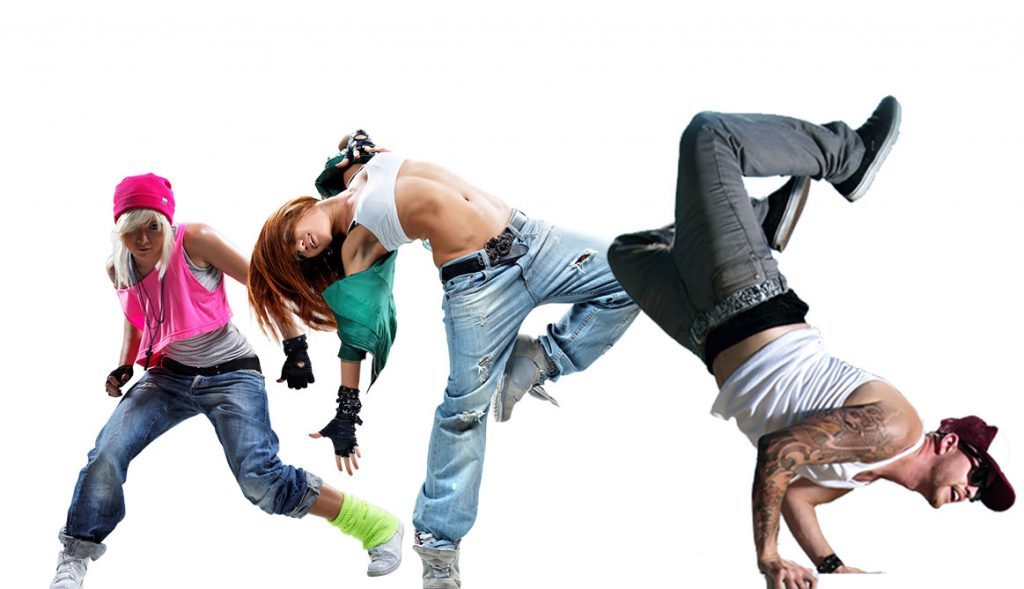 What he sees on the big stage in the form of a show with sweeping movements and splits is obviously dancing. Breakers doing unimaginable elements in the air and on their hands, competing with each other, also seem to be dancing. Pensioners in the park waltz. Dancing again, but for some reason everyone is so different. How to understand that this is a dance, and what physical criteria should be in the body.
What he sees on the big stage in the form of a show with sweeping movements and splits is obviously dancing. Breakers doing unimaginable elements in the air and on their hands, competing with each other, also seem to be dancing. Pensioners in the park waltz. Dancing again, but for some reason everyone is so different. How to understand that this is a dance, and what physical criteria should be in the body.
In fact, any self-expression through the body to music can be attributed to dance. There are a number of reservations, but they are not essential. For self-expression, a person uses the set of plastics that he has. Subtlety and technique do not depend on extreme ways of self-expression, and it often happens that splits and somersaults interfere with a meaningful dance. The development of plasticity and the expansion of the body's capabilities are part of the preparation of a dancer, but not an end in itself.
Misconception 4: You must learn to dance in pairs
In couple dancing, the final learning outcome is that the couple dances at a party.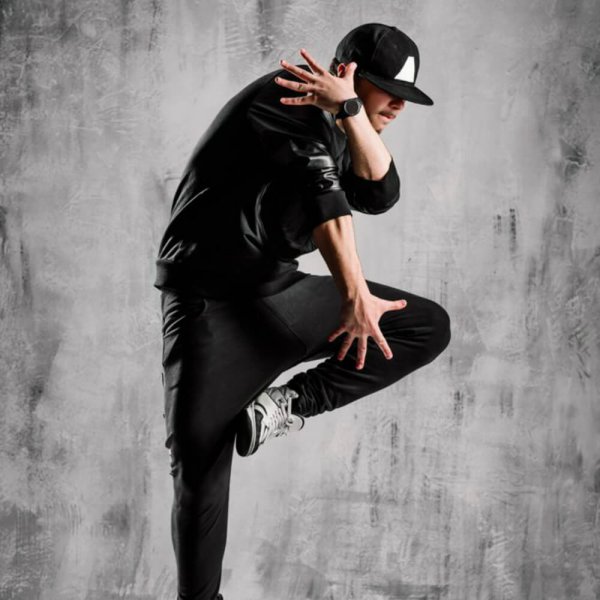 It would seem that you should always train together to get the desired result. This is not true. Let's take an example from boxing. An indicator of a boxer's skill is a fight with an opponent, but this does not mean that he constantly has to fight. Also, the ability to dance is built on the possession of one's own body and the ability to interact.
It would seem that you should always train together to get the desired result. This is not true. Let's take an example from boxing. An indicator of a boxer's skill is a fight with an opponent, but this does not mean that he constantly has to fight. Also, the ability to dance is built on the possession of one's own body and the ability to interact.
The skill of the teacher is the correct selection of methods so that the student masters the skill. Based on the skill, you can engage in creativity and self-expression in dance. Not everyone knows, but it is no coincidence that almost all social dance dancers have a serious dance background, which is based on the development of individual techniques.
The same can be attributed to the interaction in a pair. The ability to separate in oneself the one who leads and the one who follows the lead is impossible within the framework of studying the sequence of movements in pairs. For this, there are special exercises that make the skill more versatile. For this, the presence of a permanent couple is not necessary, as well as the regular presence of a partner in general.
For this, the presence of a permanent couple is not necessary, as well as the regular presence of a partner in general.
IMPORTANT! You can’t experiment at a party, and everything should be in its place there: men dance with women.
Getting rid of illusions is a complex internal process. If you leave them to yourself, you can even get the opposite result.
Misconception 5: plastique and stretching are mandatory attributes of dance
Much depends on the genre of dance that you want to master. In previous articles, I have already mentioned that different dance styles are suitable for different ages. It is appropriate to dance hip-hop in adolescence or youth, Argentine tango is a more adult dance, it is important to enter classical choreography at a young age.
The degree of necessary plasticity and sensitivity to the dance direction also correlates. For example, breaking requires great physical effort and dexterity. Elements are built on acrobatics and high speed of execution.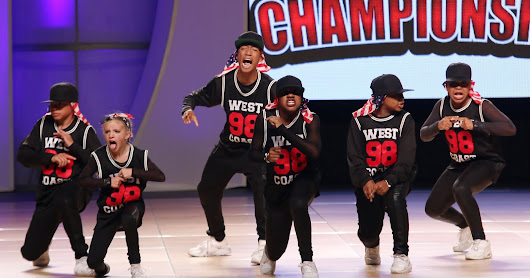 Who are they more suitable for? Obviously young people.
Who are they more suitable for? Obviously young people.
There is a lot of interaction in salsa. It is necessary to feel the partner subtly, to be able to show a variety of figures and elements. Twine or acrobatics are completely inappropriate here. However, a variety of ways to show oneself are required. Accordingly, the dance is youthful, but not at all childish.
The older the dance, the less stretching or acrobatics is required. The main emphasis is on the quality of technology, the variety of ideas and the ability to show plasticity.
Misconception 6: Mirrors are necessary for learning
There is a set of instruments that dancers use to learn how to dance. The fact is that the dancer needs to receive feedback on how his movements look from the side. It is impossible to dance and see yourself from the side at the same time. The most common tool is a mirror. But not the only one.
Like any auxiliary tool, mirrors have positive and negative effects.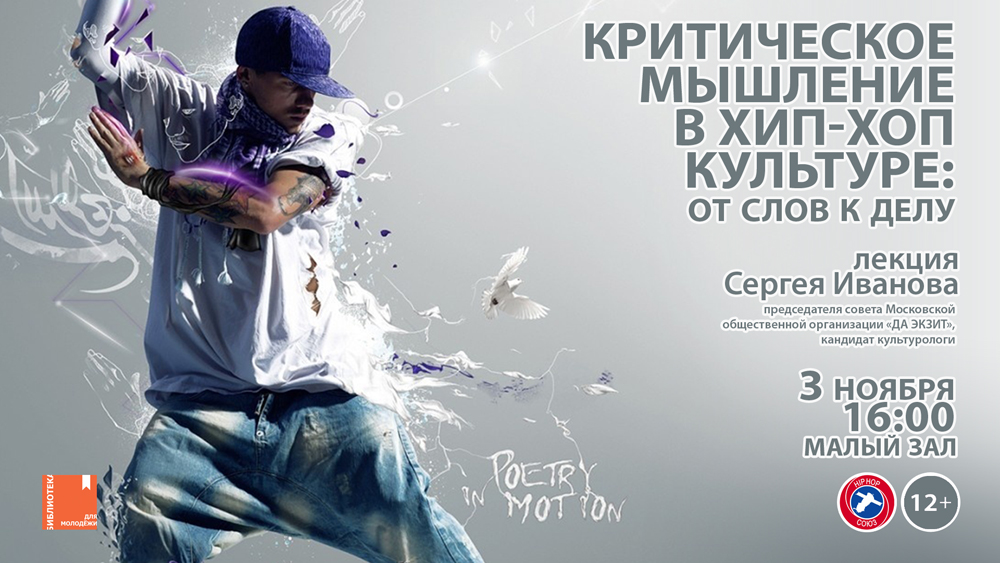 The positive is that they can receive feedback in real time and technically it is not very difficult. The downside can be dependence on mirrors. A situation where a dancer cannot capture the feeling of dancing, such as on stage or at a party. For these purposes, you can use, among other things, video filming or proper preparation.
The positive is that they can receive feedback in real time and technically it is not very difficult. The downside can be dependence on mirrors. A situation where a dancer cannot capture the feeling of dancing, such as on stage or at a party. For these purposes, you can use, among other things, video filming or proper preparation.
In many countries in Latin America, dance classrooms are not equipped with mirrors. Classes are held in bars or large halls. The dancers initially form the skill of focusing on the inner sensation, and not the habit of looking for their reflection in the mirror with their eyes.
Misconception 7: there is a lot of obsceneness in dancing
A common question from novice dancers who are taking their first steps in more contact couple dances is “in order to dance cool, there must be passion inside the couple?”. I immediately answer that no, not necessarily. Kizomba, bachata and Argentine tango attract many with their close contact.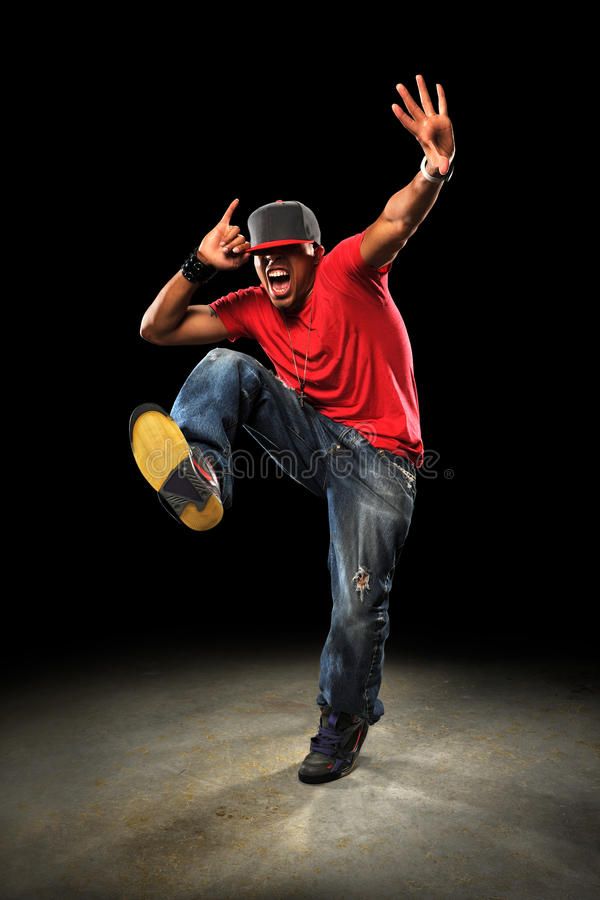 Like any other contact in our everyday life, in dances, contact can be different. We hug friends, parents, children. These hugs can wear many different shades. Sexual overtones are one of many.
Like any other contact in our everyday life, in dances, contact can be different. We hug friends, parents, children. These hugs can wear many different shades. Sexual overtones are one of many.
The culture of dance also includes the boundaries of what is acceptable. A compliment from a well-mannered person is different from a statement about female sexuality by a gopnik. Usually, those who study at a dance school already have an idea of what boundaries should not be crossed. A good dance from a technical point of view will never look vulgar or vulgar.
Dancers always have a choice about the boundaries of contact. Most prefer to leave a good impression of themselves, as word spreads just as fast in the dance world.
Misconception 8: the best dancers are the bearers of culture
Even the very question of the origin of this or that dance can be paradoxical and ambiguous, especially when it comes to its development and performance.
For example, the Viennese waltz did not originate in Vienna, but in Germany. Salsa has its main roots in the USA, not in Cuba. The famous Greek folk dance sirtaki was invented for the film "Zorba the Greek" and appeared only in 1964.
The same can be attributed to the development of modern dance styles. Korea is known for its world-leading break dancers. People go to Turkey for Argentine tango, Spain is strong with excellent salsa and bachata dancers, in Egypt, Russians are considered the best belly-dance performers.
A good dance is based on quality training and diligence. Skin color, place of birth and age are secondary. Exotic appearance, unfortunately, is often a reason to be more superficial about one's own professional development. This becomes the reason for the low level of teaching among the bearers of culture. I am sure that few readers of this post will be ready to conduct a master class in Russian folk dance outside of Russia.
The mastery of mastering and teaching a particular style does not depend on the dancer's homeland. And "they absorbed the dance with their mother's milk" is nothing more than a common misconception.
And "they absorbed the dance with their mother's milk" is nothing more than a common misconception.
Misconception 9: You have to know a lot of moves to learn how to dance
Focusing on learning a lot of moves often detracts from the essence of dance. Of course, the sequence of figures is important. Especially at the start. Over time, the dancer should have an understanding of how movements can be generated independently. Accordingly, instead of memorizing millions of figures, you can understand how to create them.
From every system of improvisation that a dancer can use as an instrument, dozens, hundreds or thousands of variations are derived. This frees the head from trying to reproduce the exact sequence and definitely adds freedom in the performance of the dance.
The huge theme of musicality can be attributed to the same question. Not every pre-conceived or learned sequence will fit specific music. The dance should give freedom, and not drive the dancer into the shell of the ropes.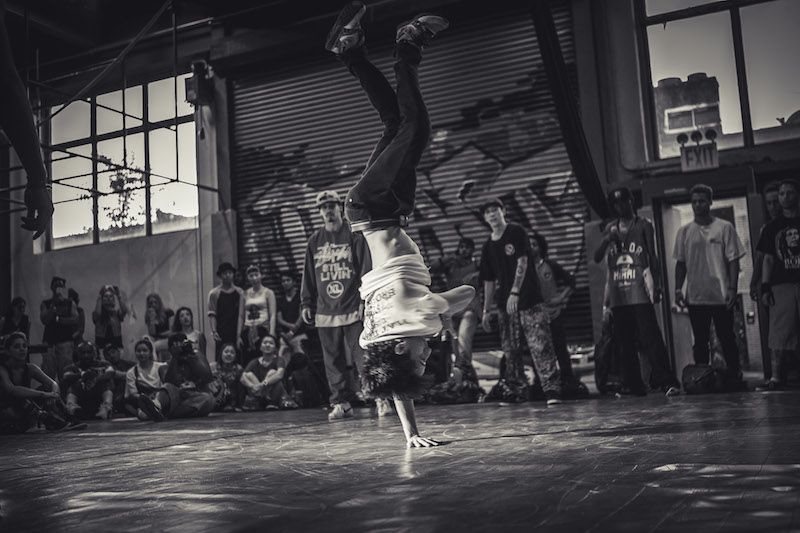
Misconception 10: dancing is homosexual
The unusually high attention to the body and flair from stories about professional ballet led to the spread of this myth, among other things. Unfortunately, such an idea still exists in the minds of our fellow citizens.
The dance industry is now very broad and is represented by many dance styles. Some of them can even be called homophobic. Dances reflect the general attitude to the world and it is different depending on the life position and worldview of a person.
In many dances there is contact between the dancers. In Russia, dance contact between men has always been perceived very intensely. In most other countries it is different. An example of the fact that this tension is associated only with the dance theme and does not apply to other areas is, for example, wrestling. When practicing techniques, men are in much closer contact with each other. Sometimes lying on the floor and holding each other tightly.